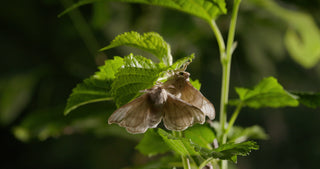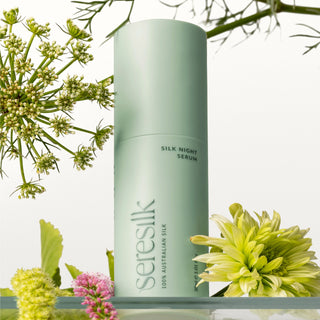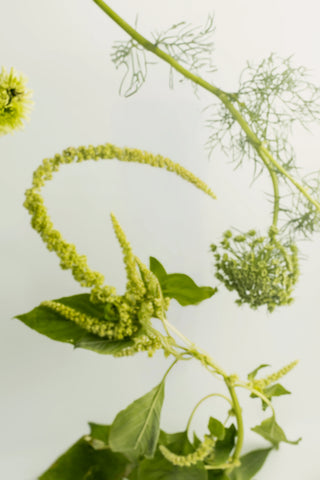
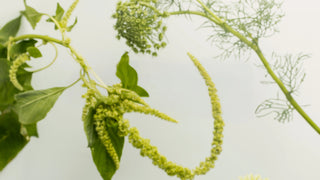
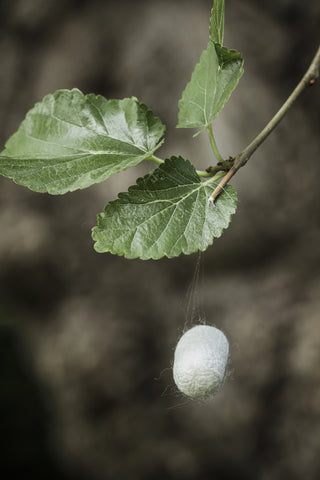
Rooted in silk.
Each Seresilk formulation embodies the purity of Australian Silk.
Harvested, refined and reimagined through the proprietary Hydrolysed Silk Complex HSC01-A™, each element is carefully considered to preserve silk’s innate strength and elevate the skin’s natural harmony.

Revealing your radiance.
A timeless journey guided by care.
Infused with silk’s rare molecular harmony, Seresilk delivers a potent concentration rich in peptides and free amino acids to nurture the skin’s barrier and enhance elasticity.
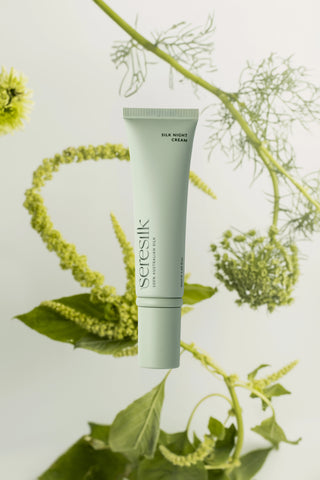
Refined through design.
Crafted with intention behind every detail, for those who find beauty through the art of refinement.
Seresilk offers a sensory experience from unboxing to application.



